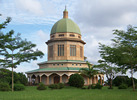
Handicrafts/ Handcrafts
- To make skillfully by hand
- Made skillfully by hand
- Handcraft:
A skilled activity in which something is made in a traditional way with the hands rather than being produced by machines in a factory, or an object made by such an activity. (Cambridge Dictionary)
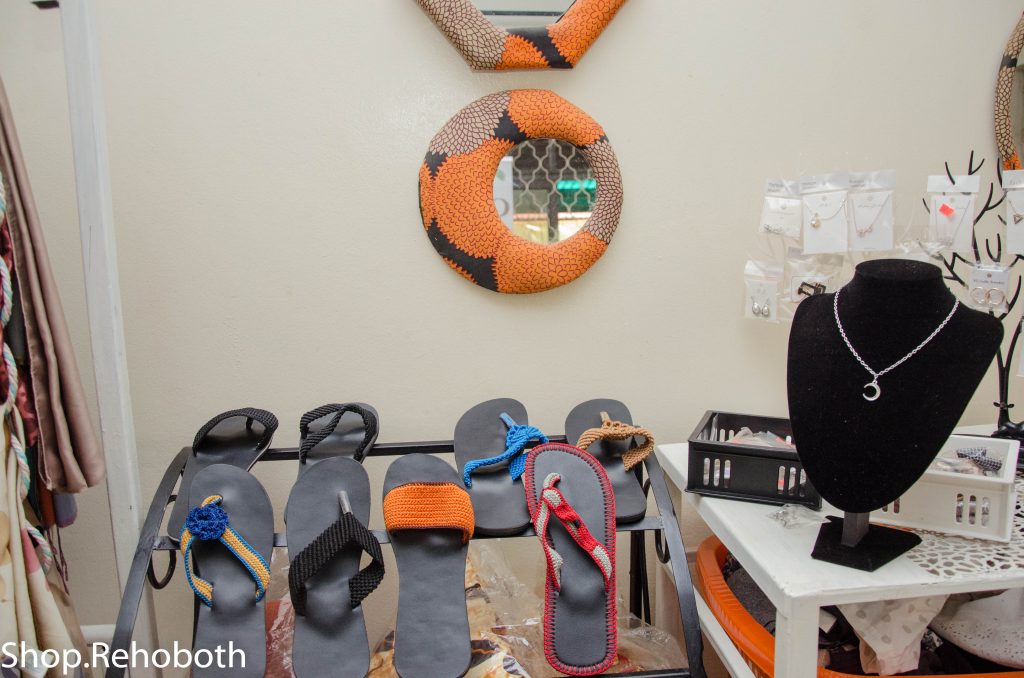
Artisanry:
- The work of an artisan or craftsman
Handicrafts are of major significance in Uganda’s history, present, and social-economic future. The handcraft business has thrived since pre-colonial times and much as many may now doubt its contribution to the economy, the industry is thriving more now, than it has ever done.
In the past, ancestors would make crafts such as baskets, pottery, and iron products. One has to admit that artisanry was much a vocation then, as it is today. Take the example of Uganda, particularly the Ganda community. In Buganda, even craftsmanship or artisanry was divided according to gender roles. Women often did artisanry like knitting or weaving, especially using sisal. While collecting firewood in the forests, the women would also cut some sisal, or other raw materials from the forest, which they would use once home, to make decor, clothes, jewelry, and other items that made their homes more appealing and appeasing to stay in. Sisal, for instance, would be cleaned and dried, and later the weaving of traditional carpets or baskets would be done. There were also other materials in use, such as banana fiber, and backcloth, to mention a few.
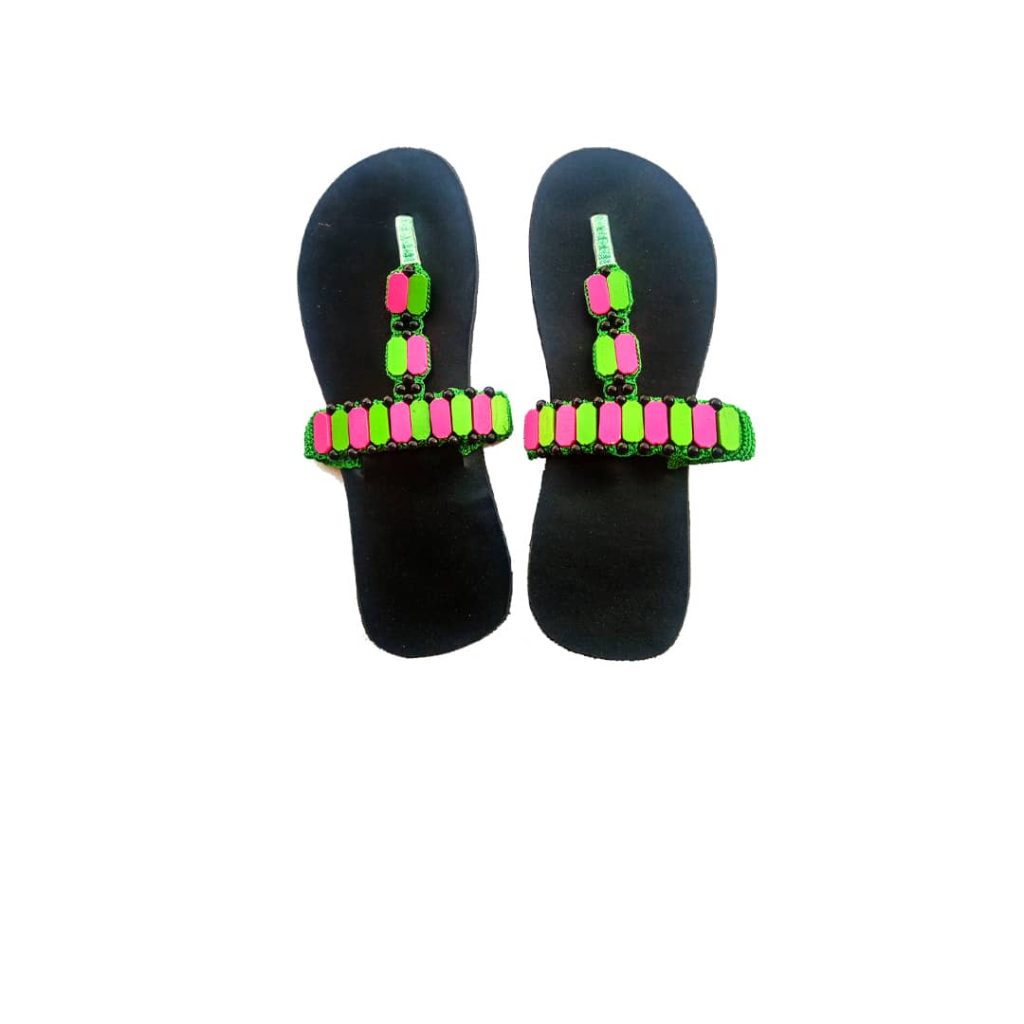
The men, on the other hand, would make pottery out of clay, or often cut the tree bark and would make the bark cloth, or other wood miniatures. Some handicrafts were made of iron, such as knives, spears, kettles, and flat irons.
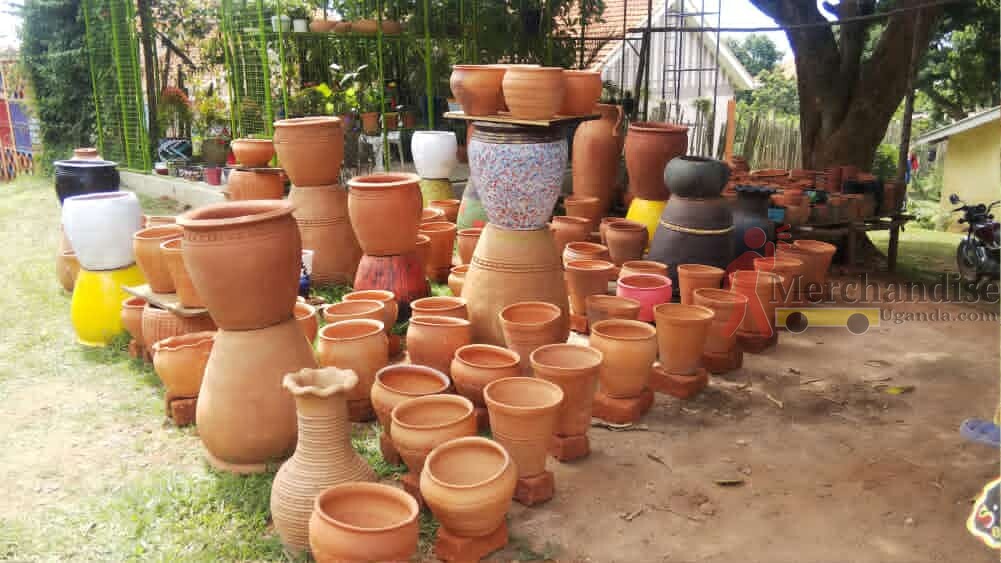
In modern-day Uganda, handicrafts are still a thing, but they have evolved to even better. Many beautiful handicrafts can be found in random places, showcased by various retailers or artisans, but the most popular locations in Kampala include the African Crafts Village along Bombo Road, and the Crafts Market at the Uganda National Cultural Centre (UNCC), popularly referred to as the National Theatre. Many Ugandans have even taken a step further to make the products available online, via Facebook, Instagram, and other web shops. These handicrafts include jewelry such as necklaces, beads, earrings, bangles, and rings, to mention but a few. Some may consist of other artifacts and miniatures.
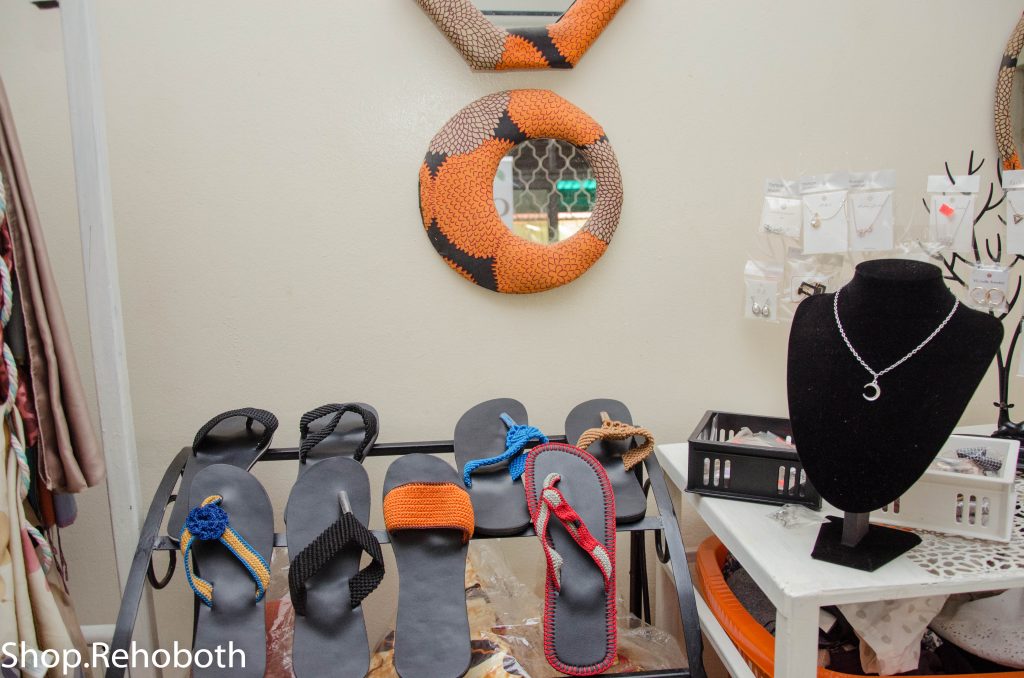
With the increasing changes in weather and climate, other sectors have also emerged in the handicraft industry, as a means to contribute to climate change positively. More artisans have emerged, making handcraft products out of plastic waste. From plastic bottles to straws, the economic status of many Ugandans is changing, as craftsmanship combined with a positive cause has undeniable monetary rewards. Community enterprises like Ekilawuli Uganda are also on the rise, making jewelry and other artifacts out of wasted glass bottles.
For travelers, handicrafts may serve as souvenirs, whether as gifts in the form of apparel, regalia, or decor. The purpose served by certain souvenirs very much depends on the buyer, and if a gift, then it is dependent on whatever value its beneficiary may or may not award it. Crafts by Ugandan artisans are available locally, in many artisanal stores, and even on a large scale in collective markets like the Kampala Crafts Village.
Because Uganda has over fifty-six (56) tribes, and a cluster of ethnic groups including the Bantu, Nilotics, River-Lake Nilotes, and Hamites, to name a few, is an indicator of the wealth of Handicrafts existent in the country.
Want to know where to find some quality handicrafts? Here are a few links.
Need more Help? Chat with us!


